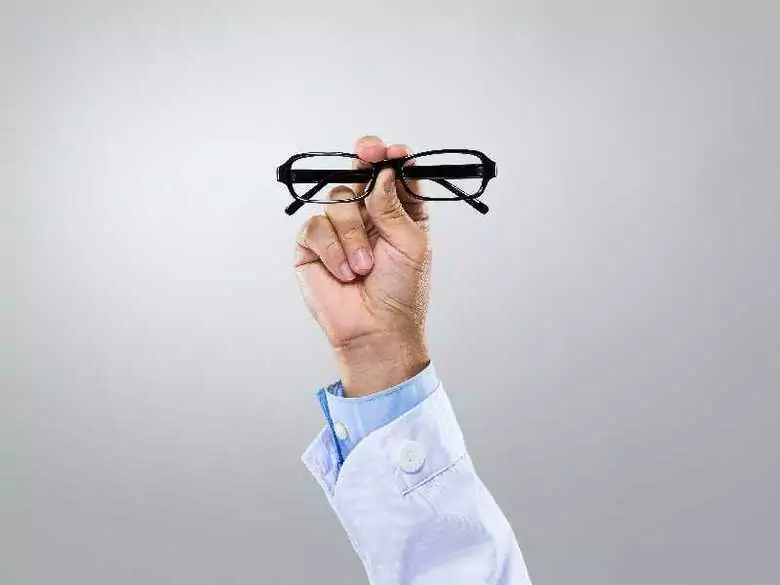In January 1945, Feliks Kaczanowski, the pre-war head of the Tworki hospital, looked out of the window at the evacuating Germans. Tworki, like many other medical facilities, was in a deplorable state. Much of the staff had been killed, equipment had been taken away or destroyed, buildings devastated. However, Dr Kaczanowski was aware of how, despite everything, the hospital stood out from other psychiatric institutions: it had managed to survive. And saved the lives of many patients.
Rebuilding
New housing for hospital staff is also being built. A neurological ward, a drug therapy ward and a mental health clinic were established. Tworki rose from the ruins to become an extraordinary, thriving treatment centre in Poland.Meanwhile, however, it is 1945 and Dr Kaczanowski sees a huge amount of work ahead of him. The hospital's staff numbers only 238, of which only 7 are doctors. To begin with, therefore, the staff has to be rebuilt: the director recruits many specialists - doctors, psychologists, nurses. As there is a great shortage of the latter, nursing courses are organised at the hospital. Already in 1945 the Psychiatry Clinic of the Medical Academy was established in Tworki, and in 1951 the Psychoneurological Institute. The hospital also organises the first post-war meeting of the Society of Polish Psychiatrists, whose ranks had been severely depleted during the war.
The hospital's infrastructure also needed to be rebuilt. Dr Kaczanowski's activities coincided with a decision, which was favourable to the institution, to donate nearby farms to it. Tworki will thus become almost self-sufficient: it will be possible to grow fruit and vegetables and animals to provide food for the patients; the hospital even has its own flour from a mill in Komorowo. There are greenhouses, nurseries for fruit and ornamental trees. The new director is introducing occupational therapy for the patients, significantly assisting their treatment process and at the same time providing vital support to the activities of the facility. Patients help with cultivation, in the tailor's workshop or in the print shop.
Work
Dr Kaczanowski's intensive efforts to revitalise the hospital were combined with active clinical and scientific work. His favourite field remained forensic psychiatry, in which over time he became the greatest authority in Poland. He educated successive generations of specialists in this field. He wrote more than 40 papers, not all of which were published. His main preoccupation remained clinical work - contact with patients was extremely important to him. He was liked and respected by them, as well as by the hospital staff. Years later, the staff will remember Dr Kaczanowski's reign with nostalgia as an exceptional period of the hospital.
The history of medicine abounds with the biographies of many extraordinary people: visionaries, explorers, researchers, inextricably associated with their works. There are also doctors who are so connected to specific places that they become their life's work. This was the case with Dr Feliks Kaczanowski, a figure somewhat forgotten in the public consciousness today, but still present in the landscape of the Tworkowski hospital.









